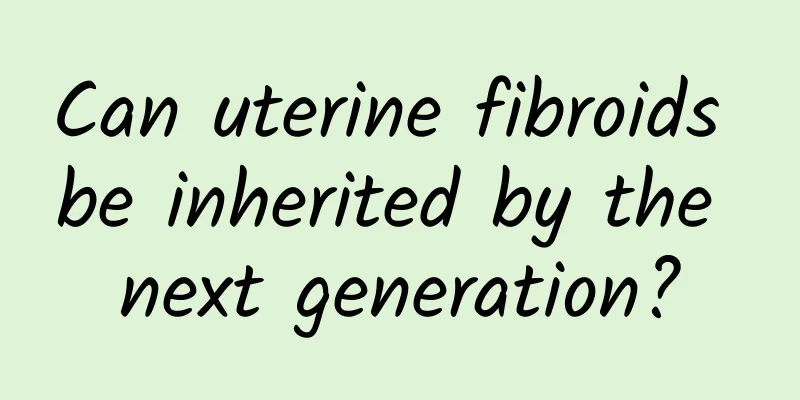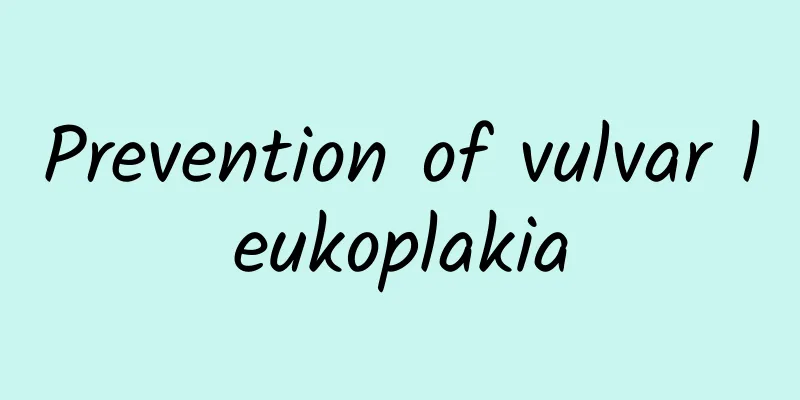Can pelvic effusion be cured?

|
Gynecological diseases have always been a very troublesome disease that troubles women. There are many types of gynecological diseases, and the incidence rate is very high. Including vulvar diseases, vaginal diseases, uterine diseases, fallopian tube diseases, ovarian diseases, etc. Some women are plagued by diseases and cannot be cured for a long time, which brings great inconvenience to normal life and work. Among them, pelvic effusion is a very common disease. Can pelvic effusion be cured? How about Chinese medicine treatment? Pelvic effusion can be cured, and the method of using traditional Chinese medicine to treat it is now more popular with patients! Traditional Chinese medicine can be used to treat pelvic inflammatory disease by taking decoctions, taking Chinese patent medicines orally, applying Chinese medicine externally, enema, ion introduction, etc., and the treatment methods vary according to the condition. Generally, decoctions are prescribed based on the syndrome differentiation of the condition, and corresponding Chinese patent medicines are used at the same time, such as Jingangteng Capsules, Kangfuyan Capsules, Fuyanshu Capsules, Tiaojing Baidai Pills, Fuyankangfu Capsules, Women's Dysmenorrhea Pills, Fuyanxiao Capsules, etc. These Chinese medicine treatments are considered to have the least side effects, so compared to other Western medicine treatments, which require the use of antibiotics or something, they are easily accepted by patients! Among them, chronic pelvic effusion is mostly of damp-heat type, and the treatment principle is to clear away heat and dampness. The main effect is to promote blood circulation and remove blood stasis. The prescription is: Danshen 18g, red peony root 15g, costus root 12g, peach kernel 9g, honeysuckle 30g, dandelion 30g, Poria 12g, moutan bark 9g, and raw earth 9g. When the pain is severe, add Yanhusuo 9g. Some patients are of cold stagnation and qi stagnation type, and the treatment principle is to warm the meridians and dispel cold, promote qi and activate blood circulation. For those with qi deficiency, add Codonopsis pilosula 15g, Atractylodes macrocephala 9g, and Astragalus 15g. The following points should be noted in the treatment of pelvic effusion. First, pay attention to personal hygiene. Strengthen personal hygiene during menstruation, postpartum, and after miscarriage, change underwear and sanitary napkins frequently, avoid cold, and avoid excessive fatigue. Second, eat more light food and eat more nutritious food such as eggs, tofu, red beans, spinach, etc. Avoid eating raw, cold and irritating food. Third, avoid sexual intercourse during menstruation to avoid infection. Menstrual pads should be kept clean and hygienic, and it is best to use disinfected toilet paper. |
<<: What are the preventive measures for pelvic effusion?
>>: Foods to avoid for pelvic effusion
Recommend
How to check ovarian cysts
How to check ovarian cysts? Ovarian cysts are a c...
What is the cause of ovarian chocolate cyst?
The ovary is a very important organ for women, an...
A 36-year-old woman was diagnosed with breast cancer and burst into tears: She had experienced itching in her chest for a long time, but unfortunately she didn't take it seriously
If Xiao Li had known that itchy breasts were a si...
What tests are needed for cervical erosion 2nd degree
What kind of examinations are needed for cervical...
Is it okay to have an IUD for patients with adenomyosis?
Is it good for patients with adenomyosis to have ...
Winter is a good time to lose weight: 3 tips for controlling calories at dinner parties
Winter is a big challenge for people who want to ...
Early symptoms of cervical erosion may be accompanied by lower back pain
If women want to have a good body, they should go...
No oil stuck and no "belly" burden! Medicinal and Healthy New Year Dishes
The Spring Festival is coming, and the New Year&#...
The following are things you need to pay attention to when you have irregular menstruation
Patients who often suffer from irregular menstrua...
What should you pay attention to in preventing cervicitis?
Cervicitis is a common gynecological disease. The...
How to treat menopausal irregular menstruation?
Women in menopause will experience symptoms such ...
Prevention of pelvic peritonitis
Pelvic peritonitis usually causes lower abdominal...
Fructooligosaccharides help you lose weight! Just eat bananas and onions
The weather is getting hotter and you are wearing...
[Video version] Are your blood vessels always scratching? 3 powerful foods to activate blood vessels
Although he looks like a young man in his 30s, hi...
How much does it cost to hospitalize and preserve the fetus for threatened miscarriage?
Many women may have poor physical fitness, which ...









